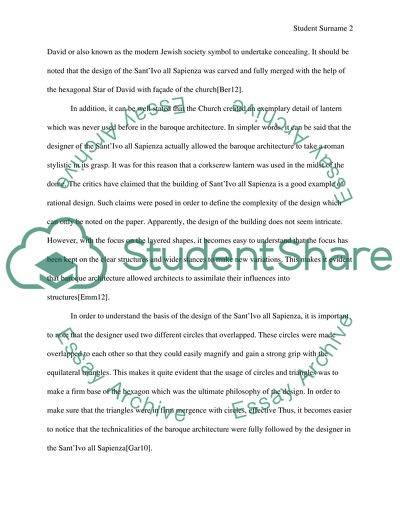Cite this document
(“Baroque Architecture Essay Example | Topics and Well Written Essays - 1500 words”, n.d.)
Baroque Architecture Essay Example | Topics and Well Written Essays - 1500 words. Retrieved from https://studentshare.org/architecture/1652387-baroque-architecture
Baroque Architecture Essay Example | Topics and Well Written Essays - 1500 words. Retrieved from https://studentshare.org/architecture/1652387-baroque-architecture
(Baroque Architecture Essay Example | Topics and Well Written Essays - 1500 Words)
Baroque Architecture Essay Example | Topics and Well Written Essays - 1500 Words. https://studentshare.org/architecture/1652387-baroque-architecture.
Baroque Architecture Essay Example | Topics and Well Written Essays - 1500 Words. https://studentshare.org/architecture/1652387-baroque-architecture.
“Baroque Architecture Essay Example | Topics and Well Written Essays - 1500 Words”, n.d. https://studentshare.org/architecture/1652387-baroque-architecture.


